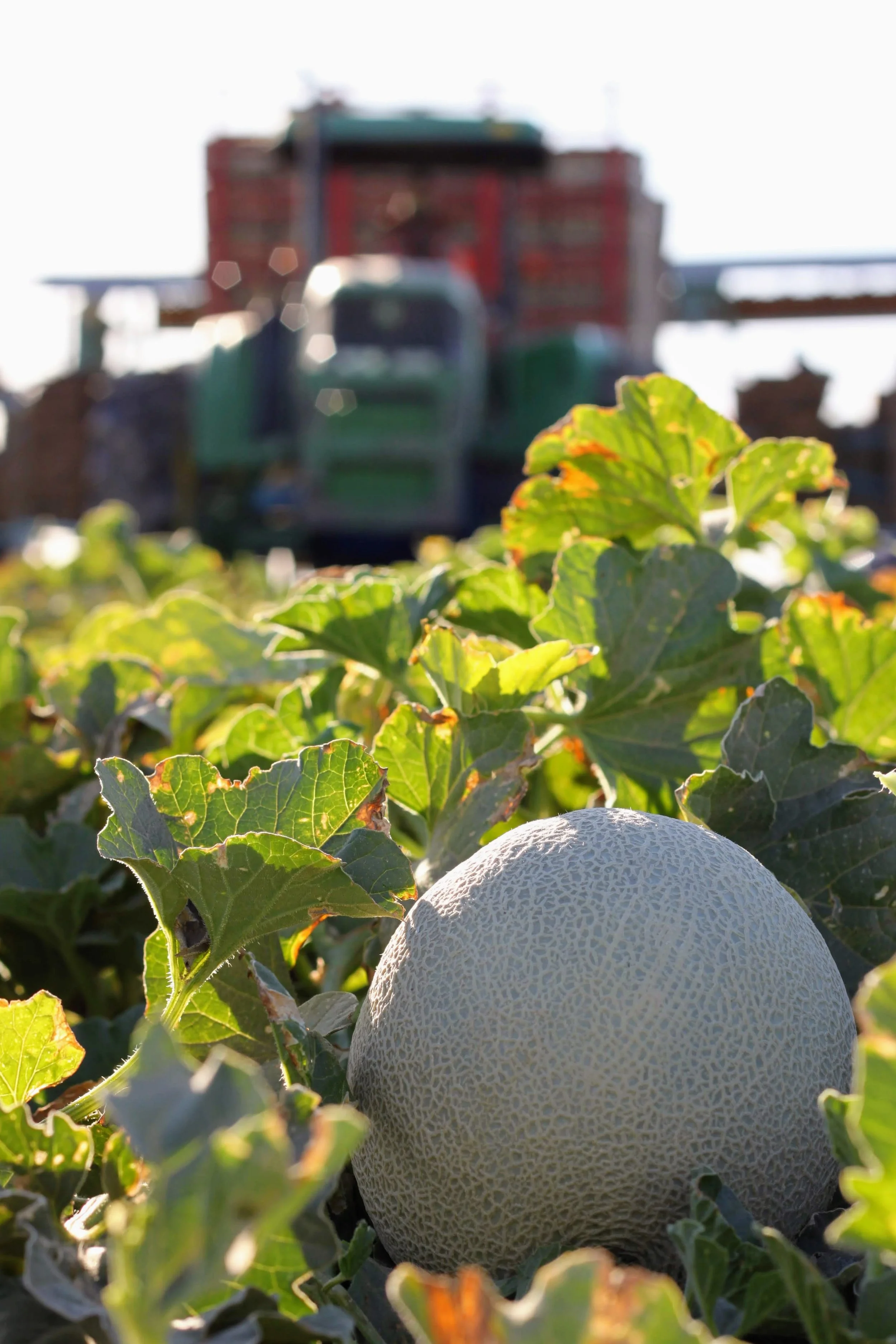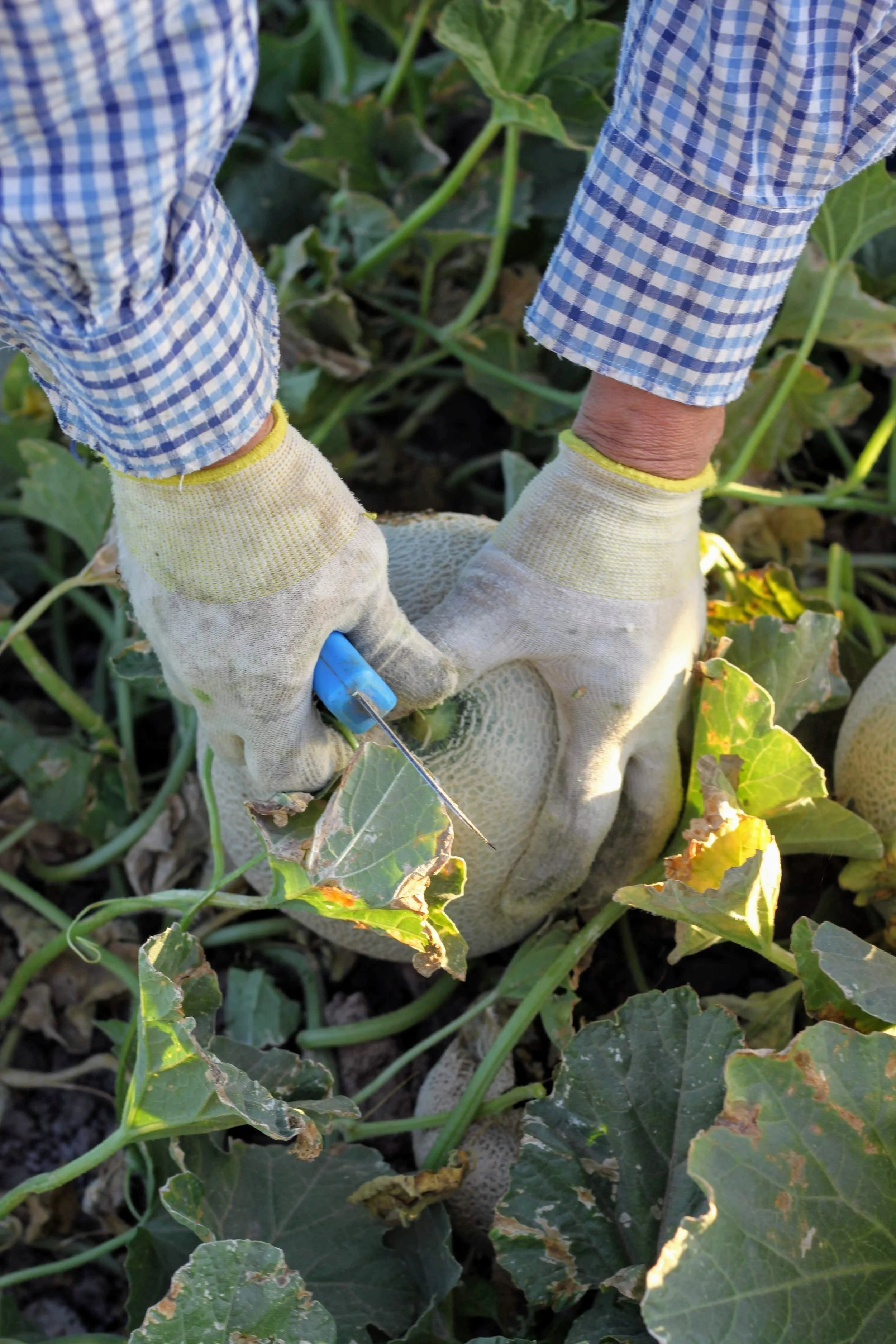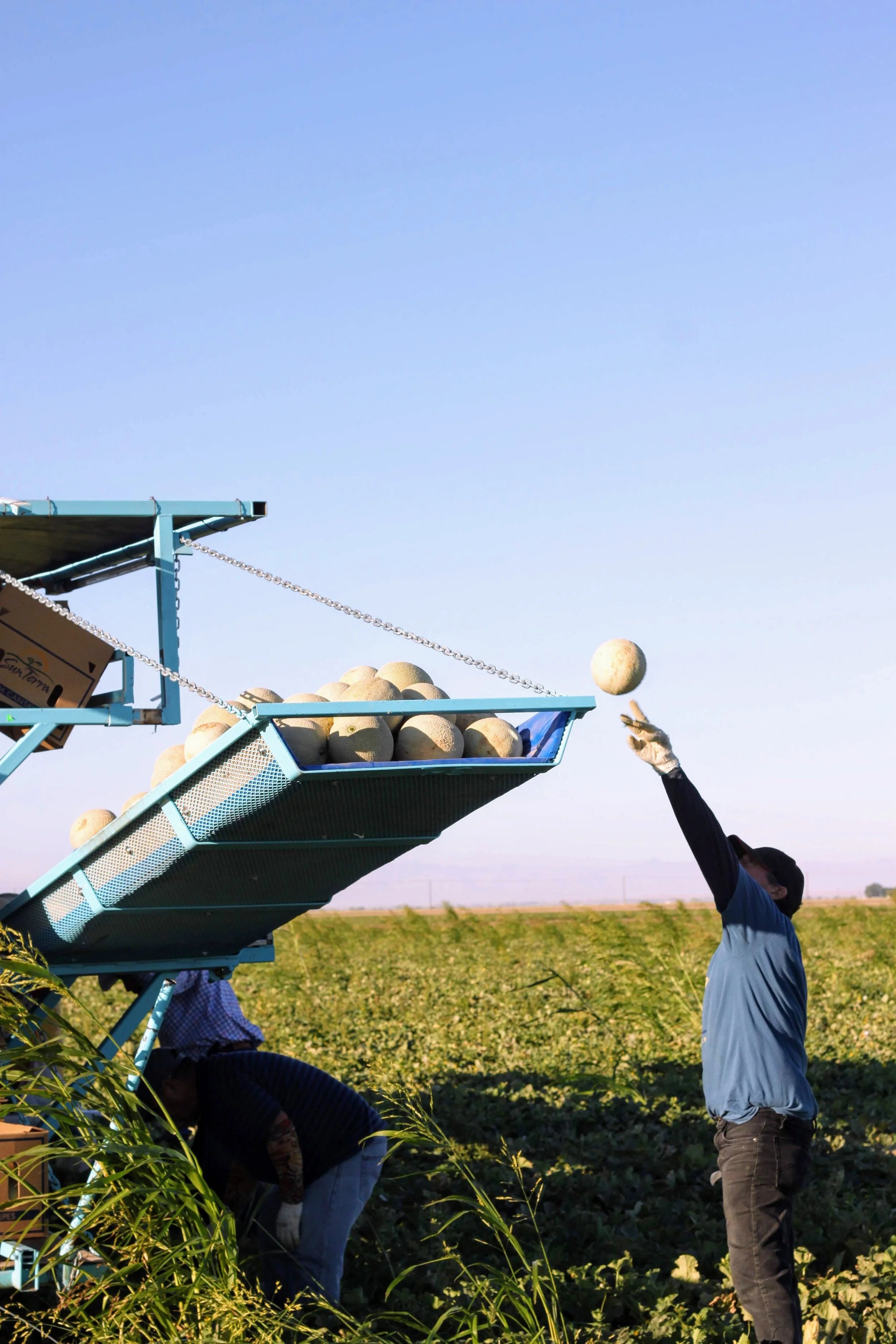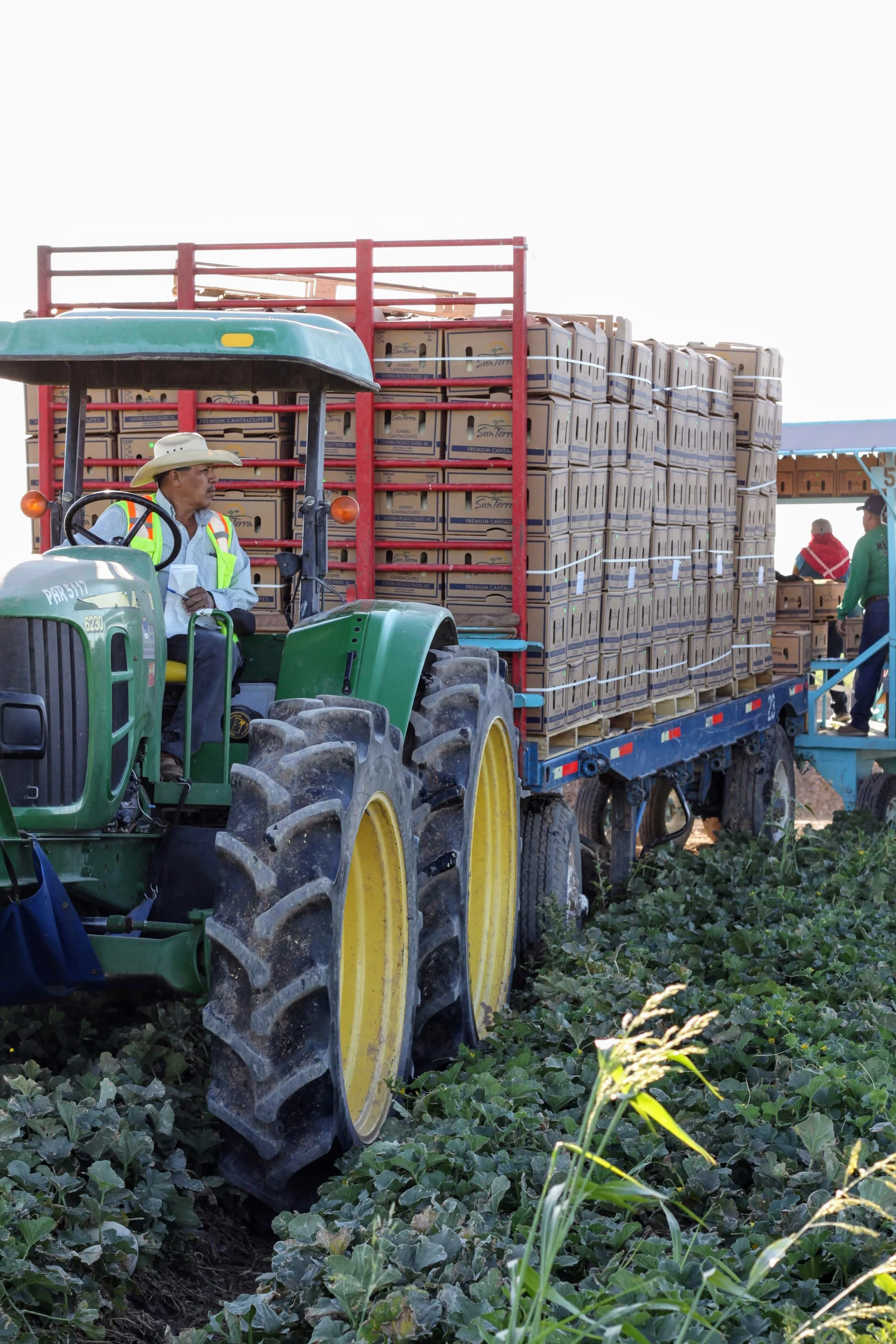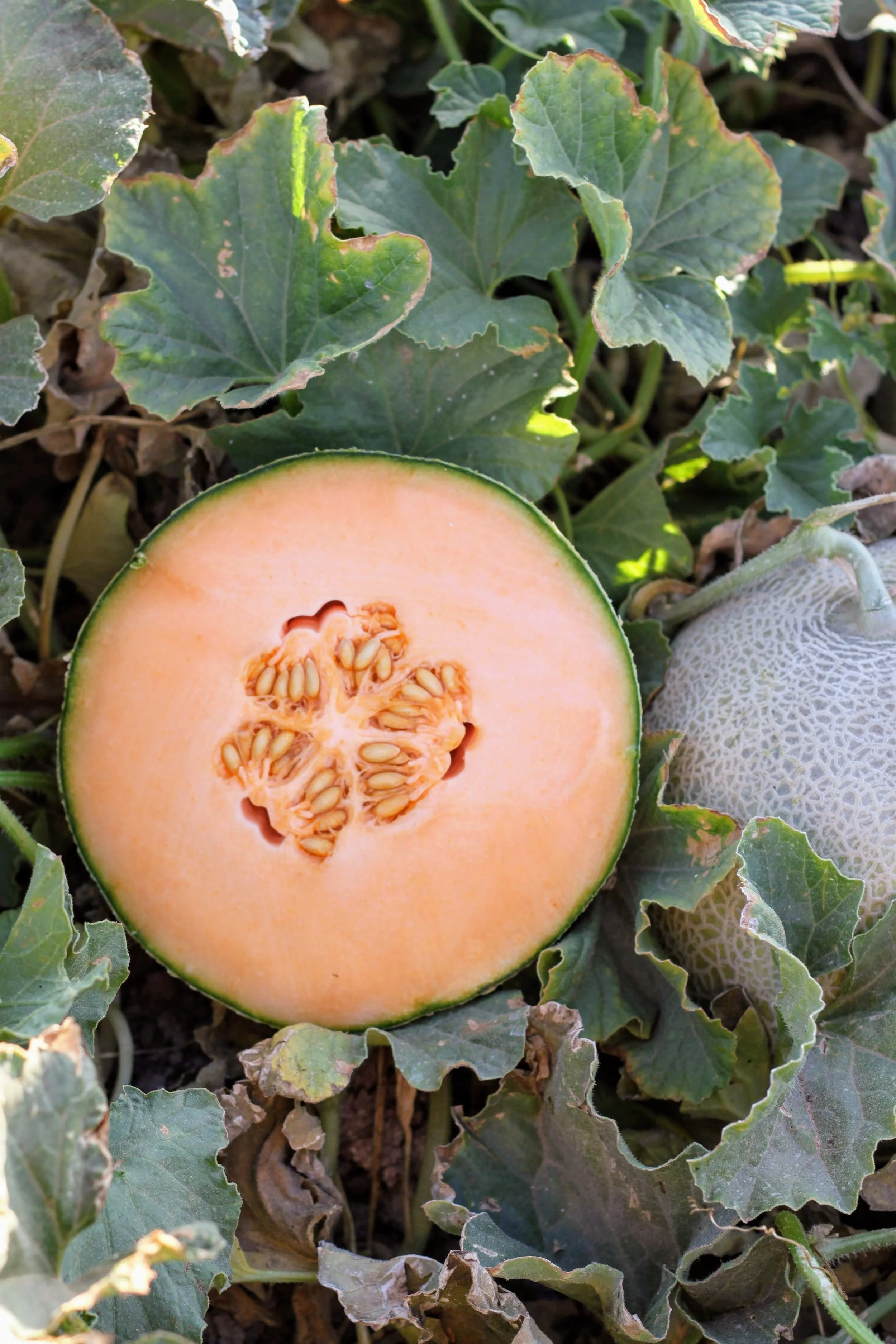How Cantaloupes Are Harvested
How Cantaloupes Are Harvested: What I saw on an Early Morning Farm Visit
Cantaloupes hit their peak during the summer—typically from June through August. You might see them in stores year-round, but that sun-ripened flavor is at its best in the heart of summer.
There’s something special about stepping into a cantaloupe field just after sunrise. The light is soft, the air is cool, and the vines are heavy with golden fruit. On a recent visit to a cantaloupe farm, I got to witness firsthand how these sweet melons are harvested—and I walked away with a whole new appreciation for every bite.
At Harvest Joy Design, I love showing you the real story behind the food we eat. Here’s what I learned about how cantaloupes are harvested, straight from the farmers who grow them.
Arriving at Sunrise
I arrived just as the sun was coming up. The field was still damp with morning dew, and the crew was already hard at work. Cantaloupes are harvested early in the morning to protect their freshness and flavor—heat can soften the fruit and speed up spoilage, so timing is everything.
The team moved through the vines quickly but carefully, scanning for signs that each melon was ready to pick.
2. How Farmers Know When Cantaloupes Are Ripe
Watching the crew, I quickly learned that harvesting cantaloupes isn’t just about grabbing any melon that looks big enough—it’s a real skill. Here’s what they look for:
Color: The skin should be more yellow or golden than green.
Stem: A ripe melon will naturally detach from the vine—what farmers call the “full slip” stage.
Smell: Even from a few feet away, I could smell the sweet, musky aroma of ripe cantaloupes filling the air.
Each of them gently twist the fruit. If it doesn’t release with almost no resistance, it stays on the vine. That patience ensures every cantaloupe is picked at its prime.
3. Harvested by Hand
Every single cantaloupe is picked by hand. The workers walked the rows, bending over again and again to lift melons, inspect them, and gently place them into bins. It’s hard work—but also full of care.
I was amazed at how many small decisions go into each melon that ends up in your grocery cart or on your kitchen counter.
Cooling and Packing: What Happens Next
After harvesting, the melons are taken to a packing shed nearby where they’re quickly washed and cooled. This step is crucial—cooling helps lock in freshness and keeps the cantaloupes from over-ripening during transport. Within hours, these field-picked fruits are boxed up and ready to head to stores or markets. The turnaround is fast—and incredibly efficient.
Final Thoughts from the Field
Seeing the harvest in person reminded me just how much care goes into growing and picking our food. Cantaloupes don’t just appear on store shelves—they’re part of a thoughtful, hands-on process that begins with soil, sunshine, and skilled farmers.
Next time you slice into a juicy cantaloupe, know that it was likely handpicked early one morning by someone who knew exactly what to look for.
Want more fresh produce stories and farm visits like this?
Come along with me at HarvestJoyDesign.com, or catch more behind-the-scenes content on Instagram.
Alexandra Rae is an agriculture expert and marketer sharing food and farm stories from the ground up through photography. Her passion is to connect consumer and farmer through her blog and social media. Learn more…

